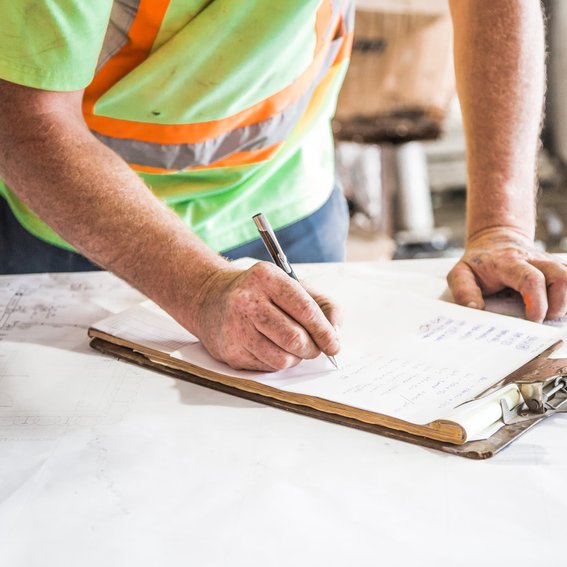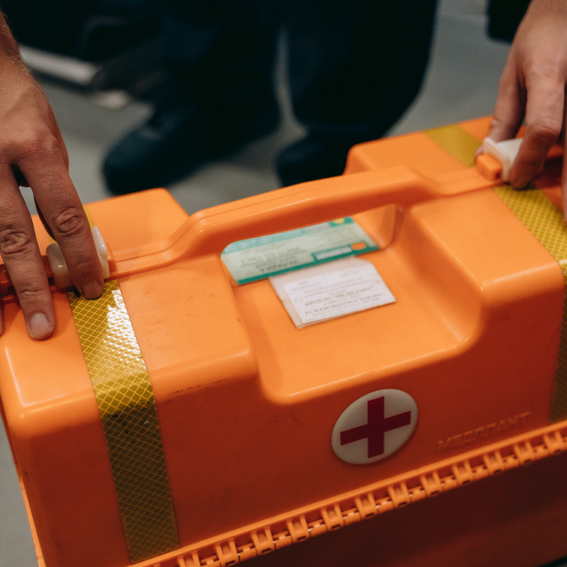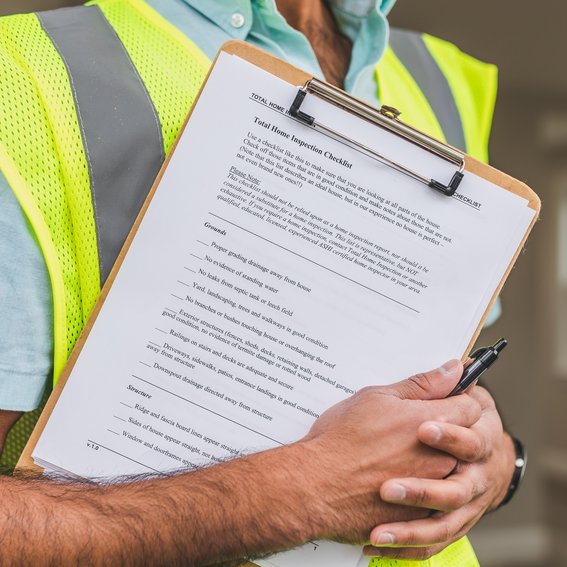When implementing inductions into your business, creating a positive environment, with an emphasis on the topic of health and safety, is paramount.
Not only does it aid in reducing risks within the workplace, but it also increases the awareness of hazards among your employees.
Instilling this knowledge into your workers from day one is essential, and this 10-step blog post will give you the means to create a safe space for all those within your site.
To begin the 10-step process of making your site safe, we must start at the beginning.
It was established in the 1970s that under the Health and Safety at Work Act 1974, all employers must provide the necessary documents and training to ensure the health and safety of their employees. Twenty-five years later, a similar law was introduced in the UK.
The Management of Health and Safety at Work Regulations 1999 was created to identify particular situations wherein health and safety training was essential to the effectiveness of a business. Through these laws, we ensure each site is up to the correct standards.

Each new employee will need to learn your site's health and safety regulations, regardless of whether it directly impacts their official job role. This is why inductions are a simple and innovative way forward.
Each employer or site manager should undertake a proportionate approach, especially when determining what level of training is required to move forward.
For example, a business whose risk to the health and safety of its workers will only be obligated to provide simple training, as opposed to a company whose risk is exceptionally high.

Each induction is designed to set a high standard within the workplace. They are intended to inform the new employee of the part that they will play in keeping the site safe and secure.
It needs to ensure that each inductee understands the risks and procedures. It is vital to have your goals in mind before creating an induction; it should include what each employee is expected to learn and to be aware of.
This is because you will entirely rely on your business's nature to tailor each induction to your preference.

An appropriate health and safety policy is essential for the inner workings of your current health and safety management regime.
This is why it is important for every new and old employee to familiarise themselves with said policy's content.
It should outline your chosen approach to public and employee safety, as well as which arrangements you have set up in order to keep your site as risk-free as possible.

For your business to meet government guidelines, it is vital to ensure that you and your employees meet all legal requirements.
For example, under section 7 of the Health and Safety Act, a considerable amount of obligation is placed upon each worker, requiring them to undertake legal duties and cooperate with the health and safety management regime.
A health and safety handbook or document should explain what is expected from each employee as coherently as possible.

An in-depth questionnaire is integral to any health and safety system, so you should implement it.
The questionnaire should be curated to fit each employee's role and help identify any health issues that could make types of work more difficult for certain employees to do.
If an employee is revealed to have a poor understanding of your safety standard following said questionnaire, then you need to take the opportunity to look at your company's policies and procedures to ensure that all the guidelines are coherent and easy to follow for each employee.
They must know what to do in difficult circumstances.

Whilst it may seem like the most obvious course of action, giving a new employee a guided tour around the premises is essential.
Allowing employees to familiarise themselves with the layout will become easier for them to assimilate into a work routine. It also ensures they are aware of any potential safety risks and emergency exits.

One of the best, if not the simplest, ways to highlight the potential risks in the workplace is to discuss them with each employee.
Talking through the business's General Risk Assessment ensures you are drawing their attention to any hazardous situations and the measures in place to control them.
This creates a safer environment, protecting each employee that is under your care.

\When a new employee is set to start their new role, they must learn how to file the correct reports for things like accidents, near misses, and even dangerous occurrences.
Additionally, they need to be equally aware of who they must report to, whether a line manager or another member of authority.
An accident book, which requires an employee to fill in a form, should always be on hand in case the worst were to happen. These procedures are outlined under the Accident and Investigation policy.

All those on site must be aware of any first aid and safety arrangements that your company has in place and how they should proceed in the event of an emergency.
These procedures should include pointing out the locations of the emergency exits and meeting points and how to raise the alarm.

If there are specific tasks that may pose a potential risk to the safety of an employee, then it is important to take note of the issue.
By conducting a task-specific risk assessment, you will be able to identify hazards and discover alternative ways to complete the work.
This must then be explained to the employee and enforced through supervision and consistent management. This is especially crucial within the first few months of employment.

Without the proper procedures and protocols, you could put your employees in hazardous situations.
With Calm Inductions, however, you have the ability to tailor your site's induction process to meet your needs.
By using our platform, you can rest assured that each new employee will receive the necessary information to not only stay safe on site but to create a positive work environment that benefits each employee.
Calm Inductions aims to simplify the often convoluted induction process, saving you time and effort and benefiting your company in the long run.
